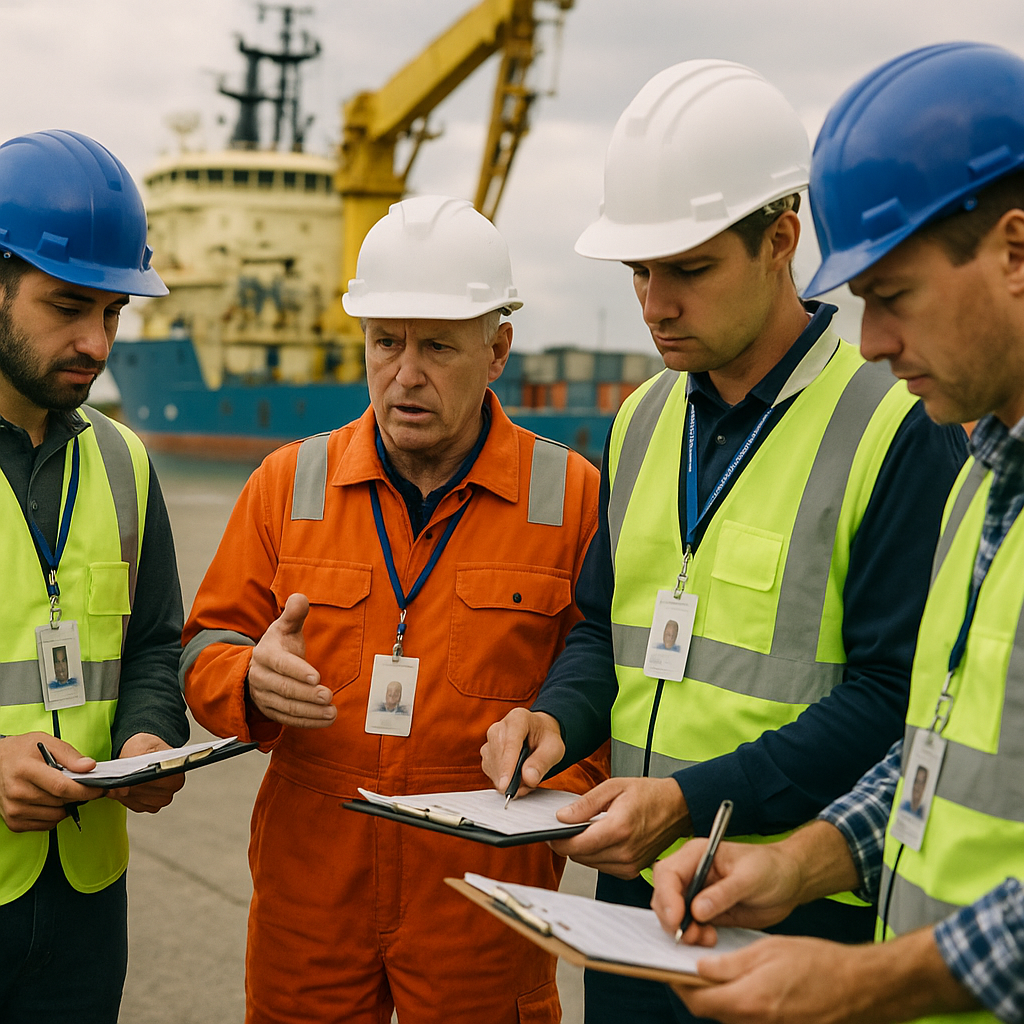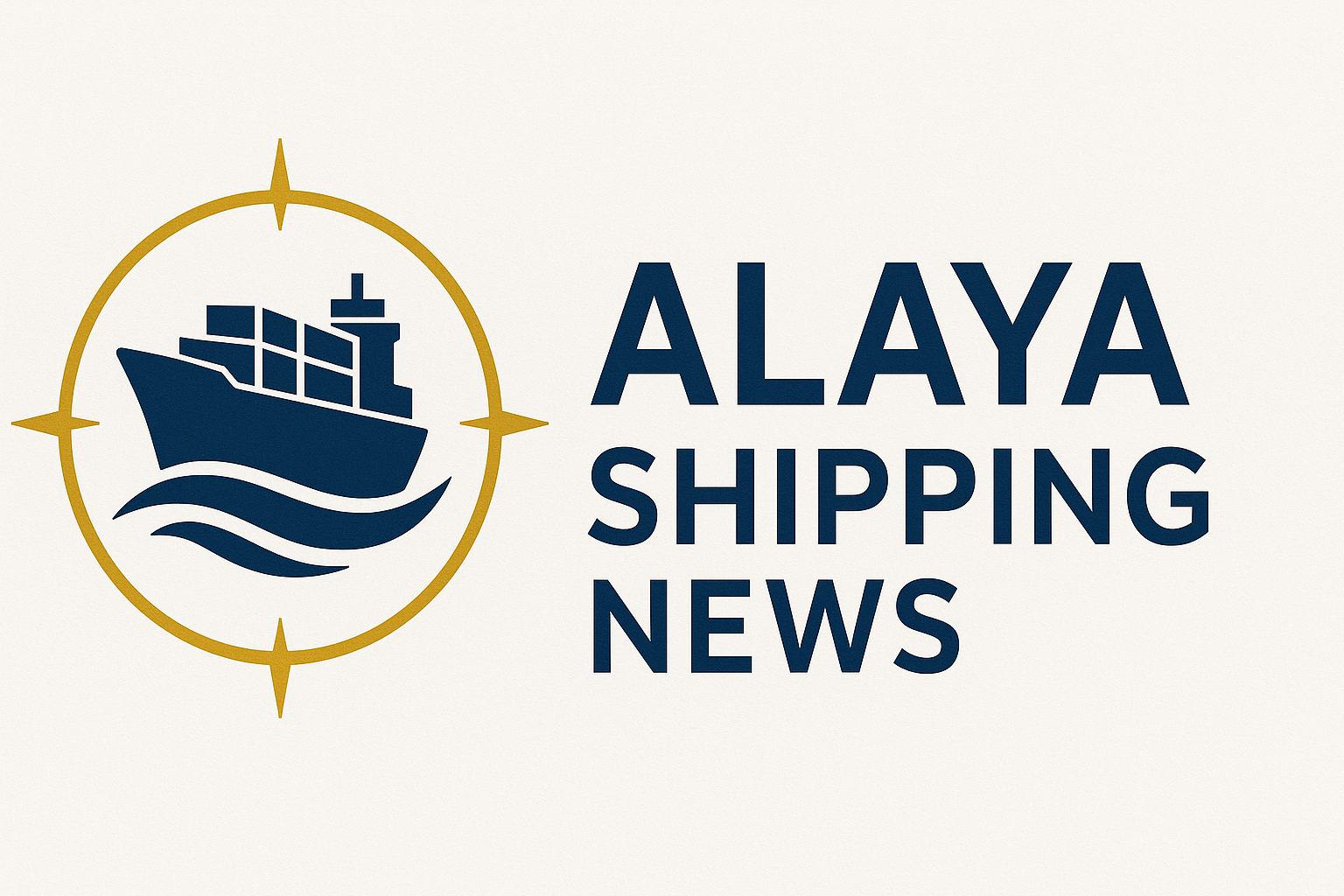
Navigating Troubled Waters: The Eagle S Incident
In a world increasingly reliant on undersea cables for global communication and energy transmission, the recent incident involving the vessel Eagle S has sparked significant attention. The ship’s captain has come forward to defend himself and his crew after the vessel was implicated in damaging a subsea cable, a critical infrastructure component. This incident underscores the fragile balance between maritime operations and the essential networks lying beneath the ocean’s surface. As the global economy becomes more intertwined with digital and energy infrastructure, the implications of such accidents are far-reaching, affecting everything from international relations to the burgeoning green energy sector.
The Incident: An Unfortunate Accident
The captain of the Eagle S has labeled the incident as an unfortunate accident, asserting that neither he nor his crew acted negligently. According to reports, the subsea cable damage occurred during routine operations, raising questions about the protocols and safeguards in place to protect these vital conduits. The captain’s defense highlights the inherent risks associated with maritime activities, especially as vessels navigate increasingly congested waters.
Subsea cables are the backbone of global communications, transmitting data across continents and facilitating everything from internet connectivity to financial transactions. Their importance cannot be overstated, and any disruption can have cascading effects on global commerce and communication. This incident serves as a reminder of the vulnerabilities inherent in our modern infrastructure and the need for robust protective measures.
The Economic Ripple Effect
The damage to the subsea cable has potential economic implications, particularly in the context of the global supply chain. As highlighted by recent developments in the energy sector, such as the $12.5 billion gas project in the Gulf of Mexico (Infomarine), the demand for reliable communication and energy transmission is at an all-time high. Disruptions can lead to increased costs and delays, affecting industries that rely on seamless data and energy flow.
The maritime industry, already grappling with challenges such as fluctuating shipping rates and regulatory changes, must now contend with the added pressure of ensuring the integrity of subsea infrastructure. This incident could prompt a reevaluation of current practices and the implementation of stricter guidelines to prevent future occurrences.
Regulatory and Geopolitical Implications
The Eagle S incident also brings to the fore the regulatory and geopolitical dimensions of subsea cable management. As nations invest in expanding their digital and energy networks, the governance of these infrastructures becomes increasingly complex. The potential for geopolitical tensions arises when incidents like this occur in contested waters or involve multinational stakeholders.
Regulatory bodies may need to revisit existing frameworks to address the evolving landscape of maritime operations and subsea infrastructure. This could involve enhanced international cooperation and the development of standardized protocols to mitigate risks. The incident serves as a catalyst for dialogue on how to balance national interests with the collective need for secure and reliable global networks.
The Role of Technology and Innovation
In light of this incident, the role of technology and innovation in mitigating risks to subsea cables cannot be overlooked. As highlighted by advancements in marine carbon removal technologies (Infomarine), the maritime industry is on the cusp of significant technological transformations. These innovations could play a crucial role in enhancing the safety and efficiency of maritime operations.
Investments in advanced monitoring systems, automated navigation technologies, and improved materials for cable protection are essential to safeguarding these critical infrastructures. The integration of such technologies could reduce the likelihood of accidents and ensure the resilience of subsea networks in an increasingly digital world.
Analyst Perspectives: Navigating the Future
Analysts suggest that the Eagle S incident could serve as a wake-up call for the maritime industry. One viewpoint posits that the incident highlights the urgent need for comprehensive risk management strategies that encompass both operational and infrastructural aspects. This includes investing in crew training, adopting cutting-edge technologies, and fostering international collaboration to address the multifaceted challenges facing the industry.
Another perspective emphasizes the potential for this incident to accelerate regulatory reforms. By drawing attention to the vulnerabilities of subsea cables, stakeholders may be prompted to advocate for stronger regulatory frameworks that prioritize the protection of these essential networks. This could lead to more stringent oversight and the adoption of best practices across the industry.
Conclusion: Navigating Forward
The Eagle S incident serves as a poignant reminder of the delicate balance between maritime operations and the protection of critical subsea infrastructure. As the world becomes increasingly interconnected, the importance of safeguarding these networks cannot be overstated. The incident presents both challenges and opportunities for the maritime industry, regulators, and technology innovators.
In a base scenario, the industry could see incremental improvements in safety protocols and regulatory oversight, reducing the likelihood of similar incidents. A bullish scenario envisions a rapid adoption of innovative technologies and international cooperation, leading to a more resilient and secure global network. Conversely, a bearish scenario could see continued vulnerabilities and geopolitical tensions, exacerbating the risks to subsea infrastructure.
Ultimately, the path forward will depend on the collective efforts of stakeholders to address the complexities of modern maritime operations and ensure the integrity of the networks that underpin our global society.
Sources (selection):
